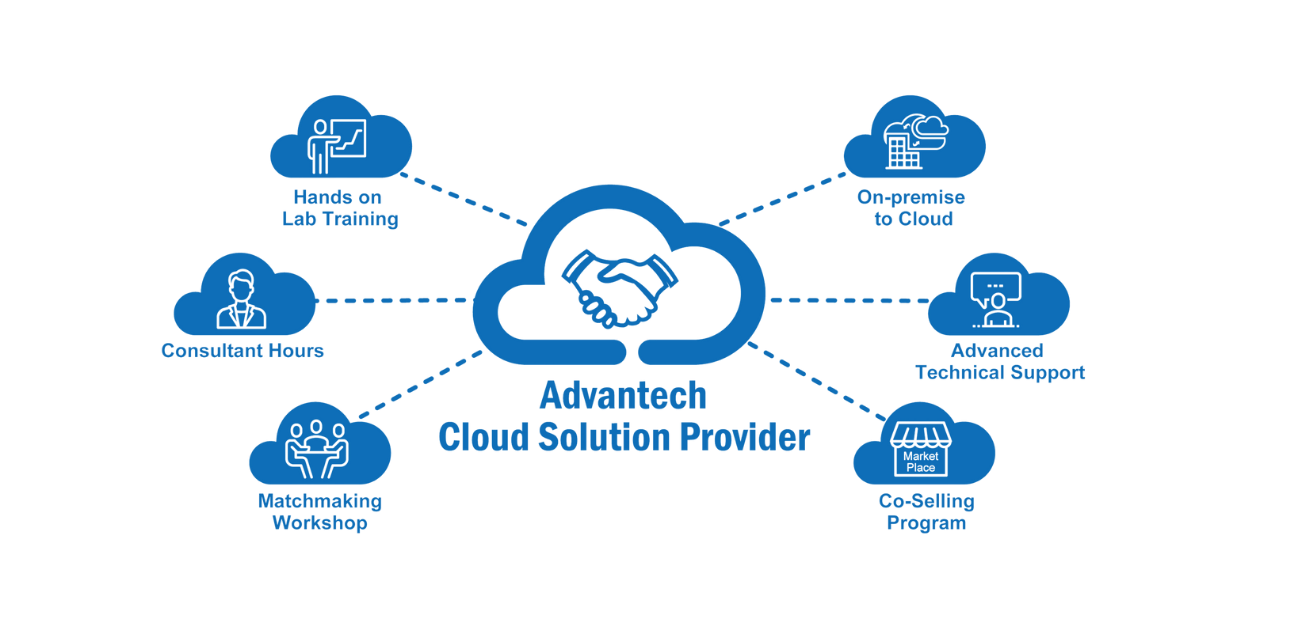Simplify Your Framework With Cloud Provider
As services browse the ever-evolving landscape of modern technology and data administration, the duty of cloud services in streamlining infrastructure has ended up being progressively noticeable. The attraction of structured processes, boosted efficiency, and boosted source allowance through cloud remedies is indisputable. However, the trip in the direction of a much more economical and active IT facilities includes even more than just moving to the cloud. It calls for a critical approach and a deep understanding of the subtleties of cloud adoption. So, just how can services efficiently browse this shift and really open the possibility of cloud solutions for simplifying their facilities?
Benefits of Cloud Solutions
Cloud services provide a structured method to handling IT facilities, giving businesses with adaptability, cost-efficiency, and scalability. Among the key advantages of cloud solutions is the scalability they supply. Organizations can conveniently scale their sources up or down based upon need, ensuring they only pay for what they utilize. This versatility is especially useful for organizations with rising and fall needs or those experiencing development.
Additionally, cloud solutions remove the requirement for services to spend in pricey software and hardware. This cost-efficiency is a significant advantage, especially for small to medium-sized business wanting to reduce in advance costs. By making use of cloud solutions, businesses can access premium IT resources without the significant rate tag connected with standard framework setups.
Additionally, cloud solutions give companies with the adaptability to access their information and applications from anywhere with a web link. This level of accessibility improves collaboration amongst teams, enables remote job, and boosts total performance. The flexibility used by cloud solutions equips organizations to adapt promptly to changing market conditions and customer demands.
Price Savings and Scalability
Along with the functional benefits highlighted earlier, the integration of cloud services into a company's framework brings forth substantial cost financial savings and boosted scalability. Cloud solutions supply a pay-as-you-go version, allowing organizations to range resources up or down based upon existing demands, consequently preventing the costs connected with maintaining excess capacity. This flexibility enables companies to adjust rapidly to fluctuating demands without sustaining unneeded expenditures.
Moreover, cloud services eliminate the need for ahead of time investments in software and hardware, decreasing capital investment. Operating costs are likewise reduced as companies no much longer need to manage and maintain physical servers, bring about reduced power usage and IT staffing expenses. Furthermore, cloud solutions provide automated updates and maintenance, making certain that the infrastructure remains up-to-date and protected without needing manual interventions.
Improved Security Steps
Applying strict protection actions is extremely important when integrating cloud solutions into a company's framework to secure delicate information and make certain compliance with sector laws. Cloud solution companies use enhanced safety and security attributes such as data security, firewall program protection, and multi-factor verification to minimize cybersecurity dangers.
Additionally, regular protection audits and compliance assessments aid ensure and recognize vulnerabilities adherence to sector requirements. Companies can additionally profit from features like computerized safety updates and real-time danger surveillance given by cloud provider. By prioritizing protection procedures and staying proactive in resolving possible risks, businesses can confidently utilize cloud solutions while safeguarding their useful data from unauthorized gain access to or breaches.
Transitioning to Cloud Framework
To efficiently integrate cloud services right into a company's framework, an organized method that attends to the shift towards cloud-based remedies is crucial. Transitioning to shadow infrastructure involves careful preparation and execution to make certain a smooth migration procedure. The initial step is to examine the existing framework and figure out which applications and systems are suitable for movement to the cloud. This examination needs to take into consideration variables such as data sensitivity, conformity needs, and efficiency requirements.
When the assessment is full, a movement approach need to be developed. This method must detail the timeline, resources, and obligations for relocating each part to the cloud. It is important to communicate this strategy additional info plainly to all stakeholders to make certain placement and lessen disturbances during the shift.
During the migration screening, process and monitoring are critical to identify and resolve any problems promptly. Regular checkpoints should be developed to track progression and make essential adjustments. Additionally, training for employees on using cloud solutions need to be given to make sure an effective change and take full advantage of the advantages of the new framework.
Best Practices for Cloud Adoption
Effective fostering of cloud solutions depends upon the tactical alignment of company goals with technological abilities and business preparedness. To guarantee a smooth shift to the cloud, organizations need to begin by conducting an extensive analysis of their existing infrastructure and determining which workloads are best suited for cloud movement. It is essential to entail key stakeholders from various departments in the decision-making process to get buy-in and address any type of problems at an early stage.
An additional best method for cloud fostering is to prioritize safety and conformity. Organizations should very carefully assess the security procedures used by cloud service companies and ensure that their information is safeguarded according to industry criteria and governing needs. Applying durable information security, gain access to controls, and normal security audits can aid reduce threats linked with cloud adoption.

Conclusion

As services navigate the ever-evolving landscape of innovation and data monitoring, the role of cloud solutions in streamlining framework has ended up being significantly noticeable - universal cloud Service. How can i thought about this services efficiently browse this shift and really unlock the capacity of cloud solutions for streamlining their framework?
Cloud services supply a streamlined approach to managing IT framework, offering services with flexibility, cost-efficiency, and scalability. By utilizing cloud services, companies can access high-quality IT resources without the hefty price tag connected with conventional facilities arrangements.
To make certain a smooth transition discover here to the cloud, organizations must begin by carrying out a comprehensive evaluation of their existing infrastructure and identifying which work are best suited for cloud migration.
Comments on “LinkDaddy Cloud Services Revealed: Professional Techniques for Cloud Services Press Release Quality”